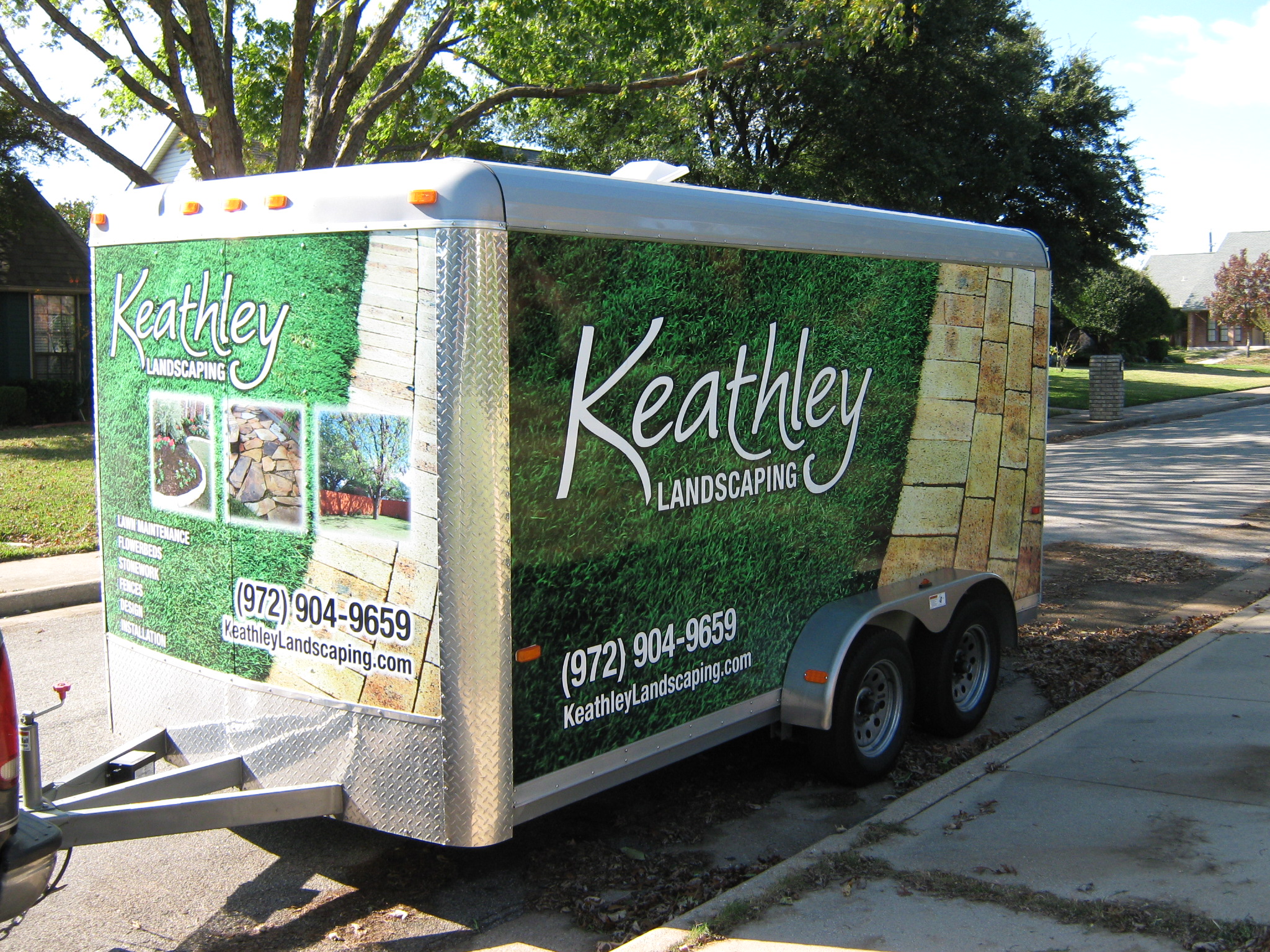Sod Installation: How to Create a Lawn That Supports Local Wildlife 🌿
Creating a lush, green lawn that supports local wildlife is not just a trend; it’s a way to give back to nature while enhancing the beauty of your home. Whether you’re a green thumb or just getting started, learning how to install sod that benefits the environment can be both fulfilling and fun. Let’s dive into the world of eco-friendly lawns! 🌱
Table of Contents
1. Choosing the Right Sod
2. Preparing Your Soil for Sod
3. Installing Your Sod
4. Maintaining Your Eco-Friendly Lawn
5. Conclusion
6. FAQs
Choosing the Right Sod 🌾
When selecting sod, it’s essential to choose varieties that are native to your region. Native grasses are adapted to local climates and soils, requiring less water and fertilizer. They also provide better support for local wildlife, offering food and habitat for birds, insects, and other creatures. Consider options like Buffalo Grass or Bentgrass if they fit your local environment.
Preparing Your Soil for Sod 🏞️
Healthy soil is the foundation of a thriving lawn. Start by testing your soil’s pH and nutrient levels. You can easily find home testing kits online or at garden centers. Amend your soil with organic compost to improve its structure and fertility. This step not only supports the sod but also encourages earthworms and other beneficial organisms to flourish. 🌻
Installing Your Sod 🚜
Once your soil is ready, it’s time to lay the sod. Begin by flattening the soil surface to ensure good contact between the sod and the ground. Lay the sod in a brick-like pattern to avoid long seams, and be sure to stagger the joints. Press the sod firmly into the soil to eliminate air pockets that can dry out the roots.
Water your new lawn immediately after installation and continue to water daily for the first two weeks, keeping the soil consistently moist. This helps the roots to establish themselves firmly in their new home.
Maintaining Your Eco-Friendly Lawn 🌍
Once your sod is established, maintaining your eco-friendly lawn involves mindful practices. Mow high, leaving the grass about 3 inches tall, to shade the soil and reduce evaporation. This also provides more habitat for insects.
Reduce the use of chemical fertilizers and pesticides. Instead, opt for organic solutions and introduce beneficial insects like ladybugs to control pests naturally. Moreover, consider adding wildflower borders or patches to attract pollinators such as bees and butterflies. 🐝
Conclusion
Creating a lawn that supports local wildlife is a rewarding journey that benefits both your property and the environment. By choosing the right sod, preparing your soil, installing thoughtfully, and maintaining with care, you can cultivate a beautiful, sustainable lawn that thrives in harmony with nature.
FAQs
Q1: How do I know which sod is native to my area?
A: Contact your local nursery or extension service for recommendations. They can provide information on native grass species suited to your climate and soil type.
Q2: How often should I water my new sod?
A: Initially, water daily to keep the soil moist. After the roots establish, you can reduce watering to 1-2 times per week, depending on rainfall and climate conditions.
Q3: Can I use chemical fertilizers on my eco-friendly lawn?
A: It’s best to minimize chemical use. Opt for organic fertilizers and compost to nourish your lawn naturally while protecting local wildlife.
Q4: How can I attract more pollinators to my lawn?
A: Planting native wildflowers and reducing pesticide usage will help attract bees, butterflies, and other pollinators to your garden.





































Recent Comments